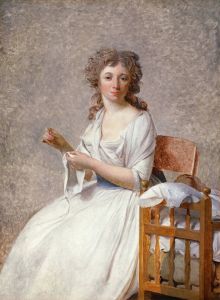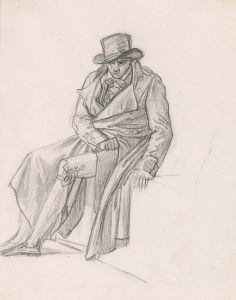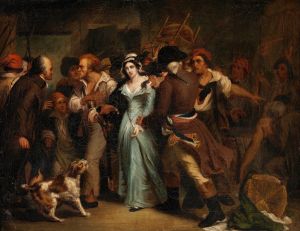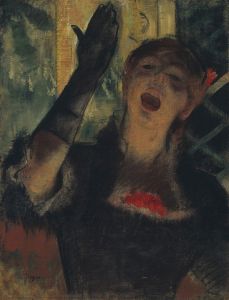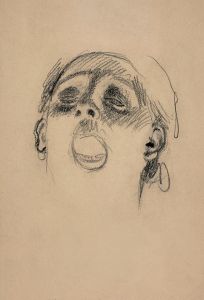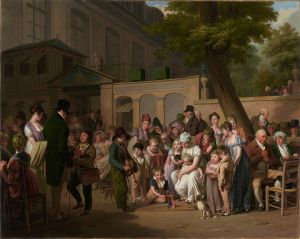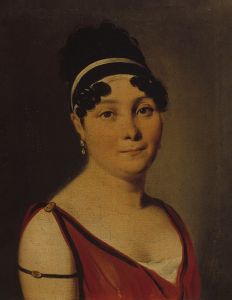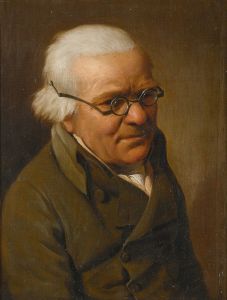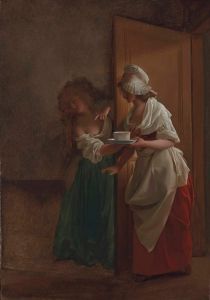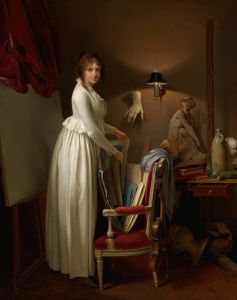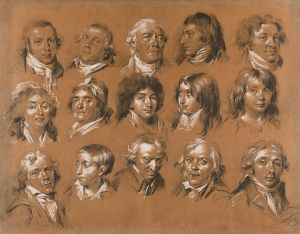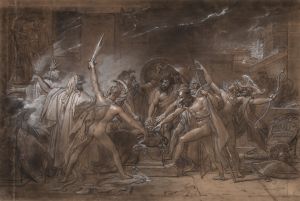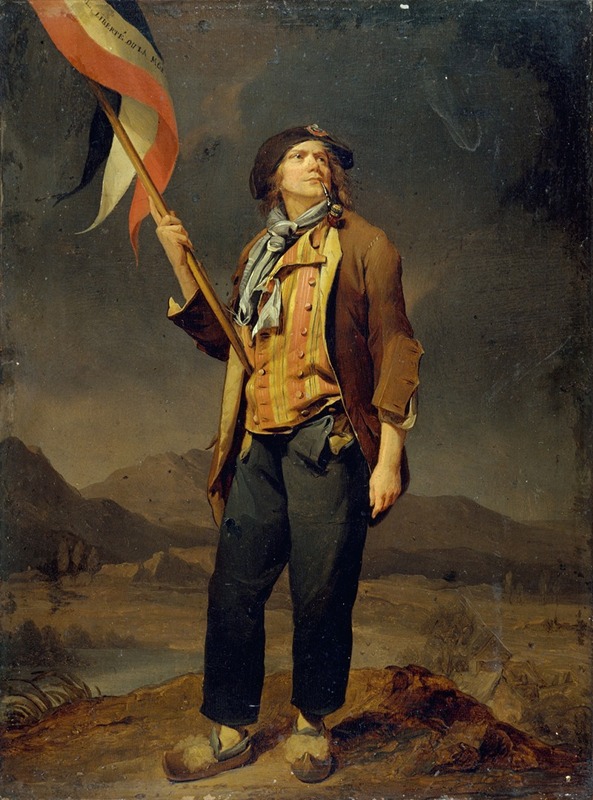
Portrait du chanteur Simon Chenard , en costume de sans-culotte, portant un drapeau à la fête de la liberté de la Savoie, le 14 octobre 1792
A hand-painted replica of Louis Léopold Boilly’s masterpiece Portrait du chanteur Simon Chenard , en costume de sans-culotte, portant un drapeau à la fête de la liberté de la Savoie, le 14 octobre 1792, meticulously crafted by professional artists to capture the true essence of the original. Each piece is created with museum-quality canvas and rare mineral pigments, carefully painted by experienced artists with delicate brushstrokes and rich, layered colors to perfectly recreate the texture of the original artwork. Unlike machine-printed reproductions, this hand-painted version brings the painting to life, infused with the artist’s emotions and skill in every stroke. Whether for personal collection or home decoration, it instantly elevates the artistic atmosphere of any space.
"Portrait du chanteur Simon Chenard, en costume de sans-culotte, portant un drapeau à la fête de la liberté de la Savoie, le 14 octobre 1792" is a painting by the French artist Louis Léopold Boilly. Boilly, born on July 5, 1761, and died on January 4, 1845, was known for his detailed and often humorous depictions of Parisian life during the late 18th and early 19th centuries. His works provide valuable insights into the social and political climate of his time.
This particular painting captures Simon Chenard, a singer, dressed in the attire of a sans-culotte, a term used during the French Revolution to describe the radical left-wing partisans of the lower classes. The sans-culottes were known for their distinctive clothing, which included long trousers instead of the knee-breeches (culottes) worn by the aristocracy. This attire symbolized their rejection of aristocratic traditions and their solidarity with the working class.
In the painting, Chenard is depicted holding a flag, participating in the celebration of the "Fête de la Liberté de la Savoie" on October 14, 1792. This event marked the annexation of Savoy by the French Republic, following the region's liberation from Sardinian rule. The festival was a significant moment in the spread of revolutionary ideals beyond the borders of France, symbolizing the expansion of liberty and the revolutionary spirit.
Boilly's work is characterized by its attention to detail and its ability to capture the essence of the moment. In this painting, he meticulously portrays the costume of the sans-culotte, emphasizing the simplicity and practicality of the attire, which contrasted sharply with the elaborate clothing of the aristocracy. The flag held by Chenard likely represents the tricolor, a symbol of the French Revolution and the values of liberty, equality, and fraternity.
The background of the painting, though not the primary focus, provides context to the historical event being depicted. The celebration of the Fête de la Liberté de la Savoie would have been a lively and spirited event, filled with revolutionary fervor and patriotic enthusiasm. Boilly's choice to capture this moment highlights the importance of such public celebrations in fostering a sense of unity and shared purpose among the revolutionaries.
Louis Léopold Boilly's paintings often serve as historical documents, offering a glimpse into the lives and events of his time. "Portrait du chanteur Simon Chenard, en costume de sans-culotte, portant un drapeau à la fête de la liberté de la Savoie, le 14 octobre 1792" is no exception. It provides a visual representation of the revolutionary spirit and the cultural shifts occurring in France during the late 18th century. Through his detailed and expressive portrayal of Simon Chenard, Boilly captures the essence of the sans-culotte movement and the broader revolutionary fervor that defined this period in French history.





